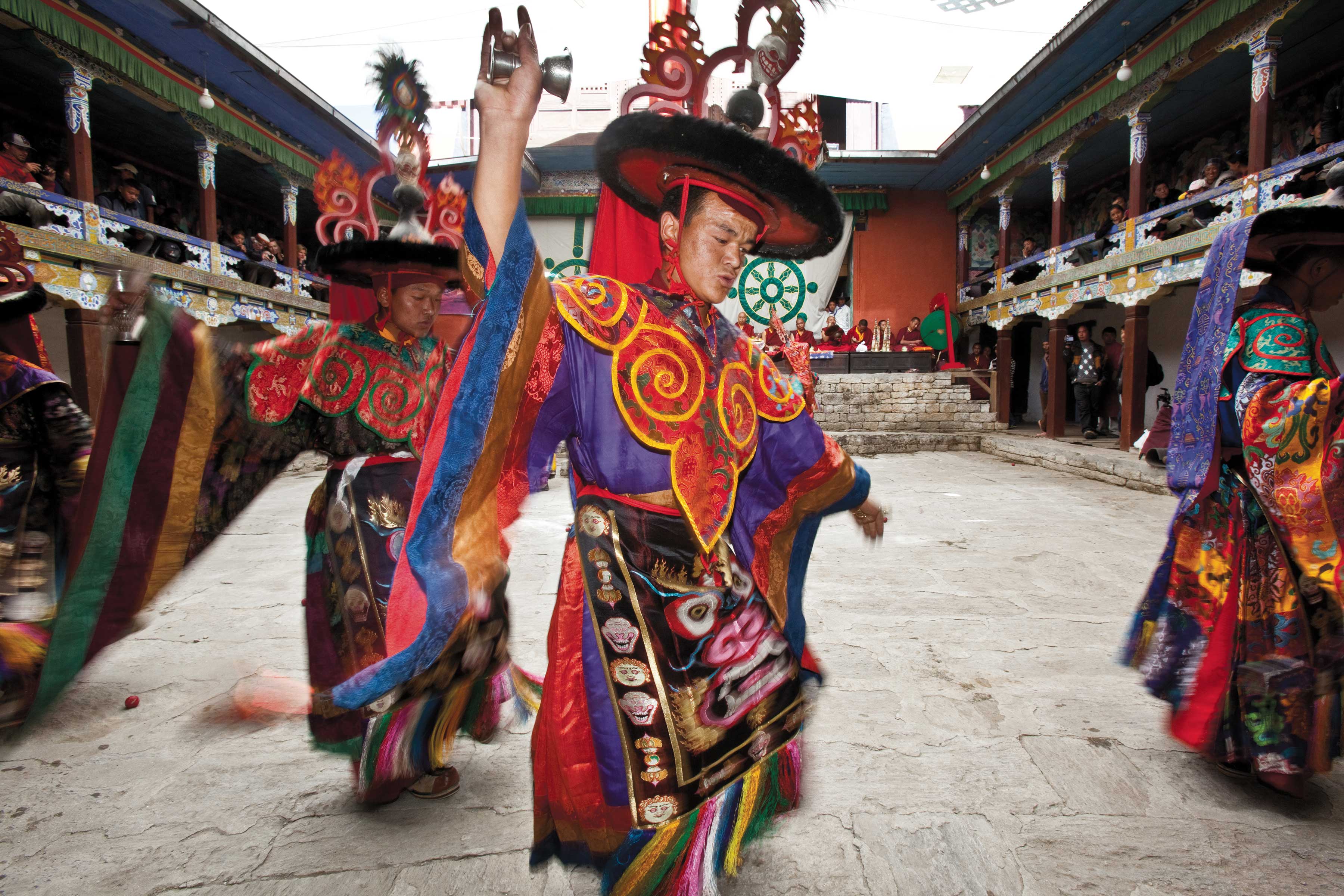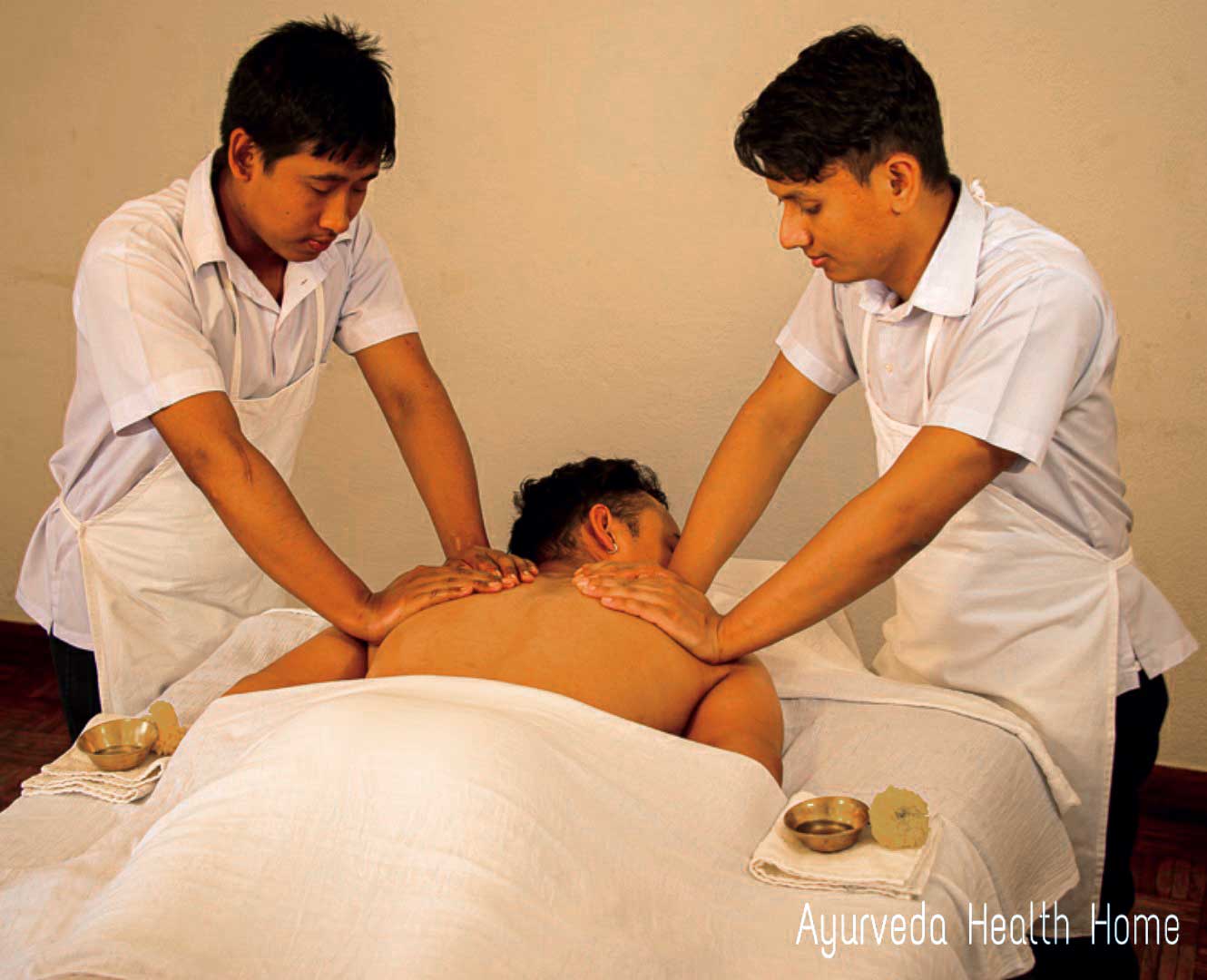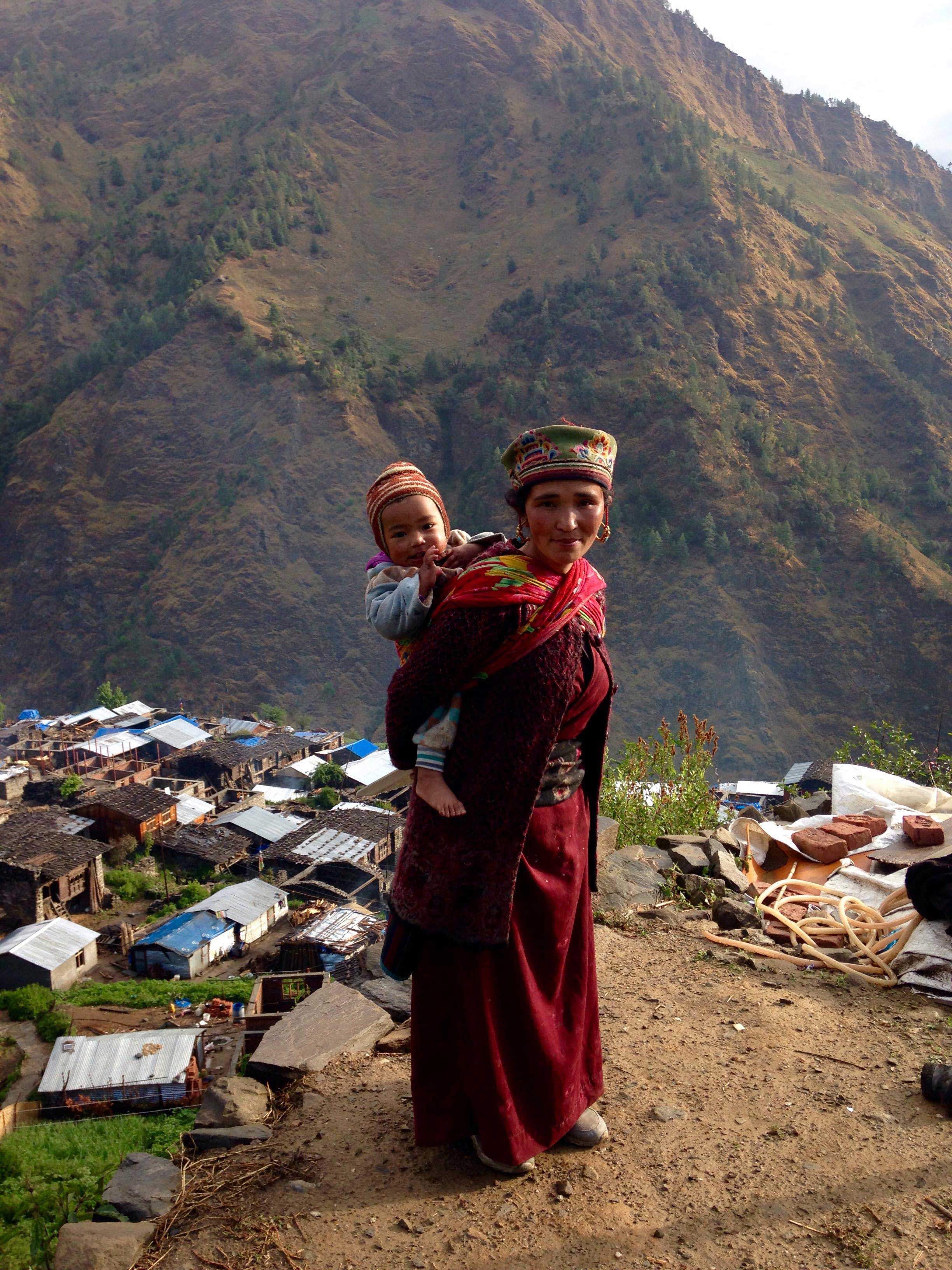While countless voluntary organizations have been helping people in need in the towns and villages across Nepal, there were none to help those with problems related to high altitude. Not until Himalayan Rescue Association (HRA) was born. Since then, this unique organization has saved many lives and helped others regain their health at altitudes not meant for human habitation.
 “At that time people were not aware of high altitude sickness; people who looked as if they were on their death bed, would walk away only half an hour or so after being rescued by a helicopter. After being evacuated from the mountain, they would be brought down to a lower level where they recovered. Knowing this helped us save a lot of lives,” says Tek Chandra Pokhrel, one of the persons behind the initiation of the Himalayan Rescue Association (currently
“At that time people were not aware of high altitude sickness; people who looked as if they were on their death bed, would walk away only half an hour or so after being rescued by a helicopter. After being evacuated from the mountain, they would be brought down to a lower level where they recovered. Knowing this helped us save a lot of lives,” says Tek Chandra Pokhrel, one of the persons behind the initiation of the Himalayan Rescue Association (currently
working as the Honorary Counsel of Mexico).
HRA started as a small project in 1973, and is now doing extremely well. With the relentless medical support they have been providing, the organization has certainly made a mark in Nepal and has gained even more popularity outside Nepal. Its credibility is evident as Pokhrel proudly says, “This organization has satisfied me the most, as we set it up and have managed it in such a way, that it has become a successful voluntary organization with no scandals.”
It all began when John Skow, an American Peace Corps volunteer, after finishing his term of duty, decided to help some mountaineering expeditions. While on these expeditions, he became aware of the problem of High Altitude Sickness and was distressed on learning that many people were dying as a result. He then met up with Tek Chandra Pokhrel and they realized that it was the trekking agents who were most affected as it was their clients who were facing these health problems. A meeting with various trekking agents proved to be very fruitful. Subsequently, the HRA was established by its patrons Dr. John Skow, Tek Chandra Pokhrel of Shangri-La Travels, Col. Jimmy Roberts of Mountain Travels, Jyoti L. Khanna of Yeti Travels, Col. P. Ongdi of International Trekkers, William Reed of Mountain Travels, Jim Edwards of Tiger Tops, M/S Thomas Cook & Sons from UK, Embassy of the United States of America and Takashi Miyahara from Japan.
The initial hurdles encountered were inconveniences caused by lack of communication, difficulty in taking food supplies, and lack of helicopters for evacuation. A helicopter evacuation at the time cost around US $ 800/- an hour, which was a huge amount and most of the helicopters used were for commercial purposes. Getting them to work for HRA was an uphill task. All these problems have been overcome and nowadays, radios to satellite phones are easily available, food supplies are in abundance and one only has to order one or more helicopters, as required and they arrive. As Pokhrel says, “People were so impressed with the services they got, that they donated generously. And from the money collected, we bought land, set up an office and built the health posts. Some of the major contributions have been made by the British and French Embassies.”
With the help received, HRA has built an office in Lazimpat and although this is the main office, people who need information on High Altitude Sickness and other related issues are given lectures at the Information Center in Thamel.
HRA has been treating people in the health posts at Pheriche (4200m) in the Khumbu region and Manang (3200m) on the Around Annapurna trail. These posts are opened every spring, from the beginning of March till end of May, and from September till mid December during the peak trekking season. Another clinic, set up at the Everest Base Camp, opens around the beginning of April and remains open till the end of May. People are treated for Acute Mountain Sickness (AMC), High Altitude Pulmonary Edema (HAPE), High Altitude Cerebral Edema (HACE), Gastroenteritis, snow blindness, scabies, cellulitis, anxiety, conjunctivitis, laceration fever, alcohol intoxication, hemorrhoids, etc. Initially, HRA provided medical treatment only to people who had gone on trekking expeditions to the mountainous regions. But with the passage of time, they have opened their doors to others as well and treatment is available to anyone. With charges at a minimum, the local people of these villages have benefited, and at times have received free treatment. Besides people, HRA has also extended their services to animals when the need arises and all this, for free. Foreigners have sometimes been treated for a minimal cost, but most give some donation in gratitude for saving their lives.
The Trekkers’ Aid Post at Pheriche was also started in 1973, and has become a platform for studies related to high altitude sickness. Scientists from NASA also arrived here for scientific studies. During the course of these studies, it came to light that one extra day or night’s rest at Namche or Khumjung, would help people maintain their health condition and this made a huge difference. When this schedule was introduced among climbers and trekkers at high altitude, the death rate was greatly reduced.
Almost 99% of the doctors who come to volunteer are foreigners. They are screened by the medical advisors and only then, sent for their voluntary service. The medical advisors help them recruit the required doctors, but due to the large number that wish to volunteer, sometimes choosing doctors becomes a difficult task.
When asked about the number of people saved by HRA, Chief Executive, Prakash Adhikari says, “In a year, we give medical treatment to around 3,000 people and around 100 serious cases are handled. So you can well imagine the number of people we have saved in the last three decades.” Besides providing direct medical help, HRA also gives free lectures, which has helped thousands.
As Elizabeth Ann Pace, who was helped by HRA put it, “I was grateful for the help and the way the rescue was handled. I was especially grateful for the help (Dr. Luanne Freer) offered in my diagnosis and then later for the incredible work she and her team, as well as the Sherpa gave my fiance when he developed HAPE at 25,000 feet on Everest. We will always be more thankful than we could express for all that they did. Without the HRA team he would not have survived.”

You Don't Have to Destroy Everything Around You to Make Something Beautiful
Throughout the years, Cotton Mill Nepal has transformed crisis into opportunity. The 16 hours of load shedding in...










